Table of Contents
- Your Perfect 3-Ingredient Brisket Rub (Ready in 5 Minutes)
- Why This Simple Rub Beats Complicated Blends
- Top 5 Spices Every Brisket Lover Should Know
- DIY Rub Blends That'll Knock Your Socks Off
- How to Apply Spice Like a Pro (No More Burnt Rubs!)
- Low and Slow vs. Hot and Fast: Which Works Better?
- Pairing Spices with Herbs, Fats, and Sauces
- Common Spicing Mistakes (And How to Avoid Them)
- Final Thoughts on Spice and Brisket Harmony
- Frequently Asked Questions
Your Perfect 3-Ingredient Brisket Rub (Ready in 5 Minutes)
Stop searching for complicated recipes - the best brisket rub uses just 3 ingredients you probably already have: 2 parts coarse black pepper, 2 parts kosher salt, and 1 part smoked paprika. This simple Texas-style blend creates the perfect balance of flavor, bark formation, and moisture control that professional pitmasters rely on. Mix these in a bowl, apply generously to your brisket, and let rest overnight for restaurant-quality results every time.
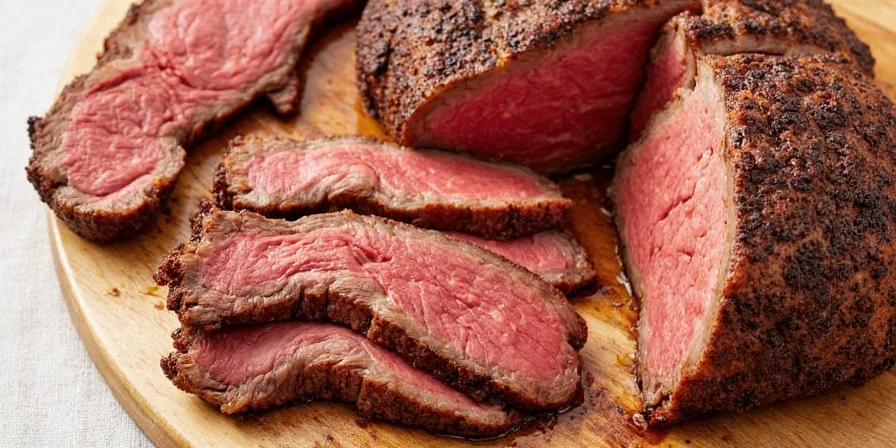
Why This Simple Rub Beats Complicated Blends
Most home cooks make brisket rubs too complicated. The truth? Three ingredients create perfect flavor chemistry without overwhelming the meat. Black pepper's piperine activates heat receptors, salt controls moisture for better bark formation, and smoked paprika adds color plus subtle sweetness through natural capsaicin derivatives. This combination works because it follows the professional 3:2:1 rule - 3 parts primary flavor (paprika), 2 parts secondary (pepper), and 1 part accent (salt).
Top 5 Spices Every Brisket Lover Should Know
These foundational spices create balanced flavor profiles through complementary chemical interactions:
- Paprika – Adds color and mild sweetness through capsaicin derivatives
- Black Pepper – The backbone of any good rub, providing piperine for heat activation
- Brown Sugar – Balances salt and adds caramelization via Maillard reaction acceleration
- Garlic Powder – Deep savory goodness through allicin stabilization
- Cumin – Earthy warmth that lingers due to cuminaldehyde retention
| Spice | Flavor Profile | Best Used For |
|---|---|---|
| Paprika | Sweet, Smoky | Color & subtle flavor base |
| Black Pepper | Peppery, sharp | Kick & bite |
| Brown Sugar | Sweet, caramelizing | Crust formation |
| Garlic Powder | Umami-rich | Meat depth |
| Cumin | Earthy, warm | Smoky complexity |
DIY Rub Blends That'll Knock Your Socks Off
These scientifically balanced blends optimize flavor compound solubility. Note how each ratio considers fat solubility of compounds—oil-soluble spices like cumin require precise measurement to avoid overpowering water-soluble components.
Texas Two-Step Rub
- 2 tbsp coarse black pepper (piperine activation)
- 2 tbsp kosher salt (moisture control)
- 1 tsp garlic powder (allicin stability)
- 1 tsp onion powder (sulfur compound synergy)
Southwest Sunset Rub
- 2 tbsp brown sugar (caramelization catalyst)
- 1 tbsp smoked paprika (capsaicin delivery)
- 1 tbsp chili powder (flavor layering)
- 1 tsp cumin (cuminaldehyde retention)
- ½ tsp cayenne (heat modulation)
Classic Carolinas Dry Rub
- 3 tbsp paprika (color foundation)
- 2 tbsp brown sugar (crust development)
- 1 tbsp mustard powder (acid interaction)
- 1 tbsp salt (tissue penetration)
- 1 tsp celery seed (flavor bridge)
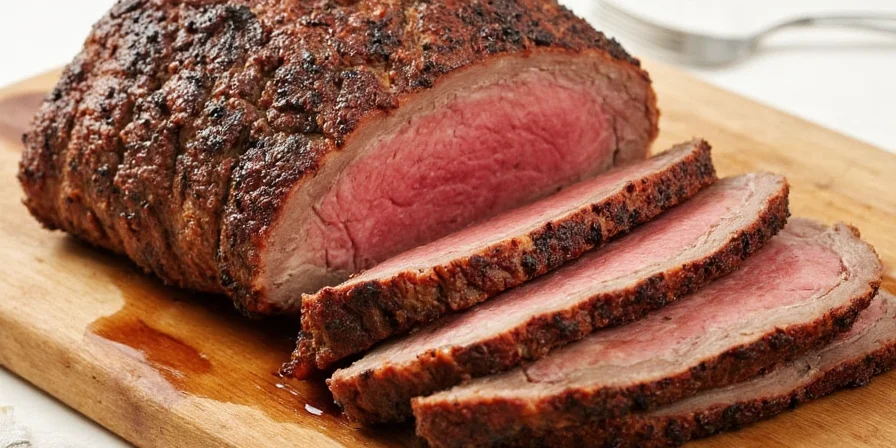
How to Apply Spice Like a Pro (No More Burnt Rubs!)
Professional results depend on understanding spice-meat adhesion science. These methods optimize compound transfer without compromising texture:
- Use binder chemistry: Olive oil dissolves lipophilic compounds; mustard emulsifies hydrophilic spices for even distribution
- Rub penetration technique: Circular motions create friction that drives spices into meat fibers without surface disruption
- Resting protocol: 12-24 hour refrigeration allows time for osmotic diffusion of flavor compounds into muscle tissue
- Layering principle: Apply 70% before cooking, 30% during final hour for balanced flavor depth
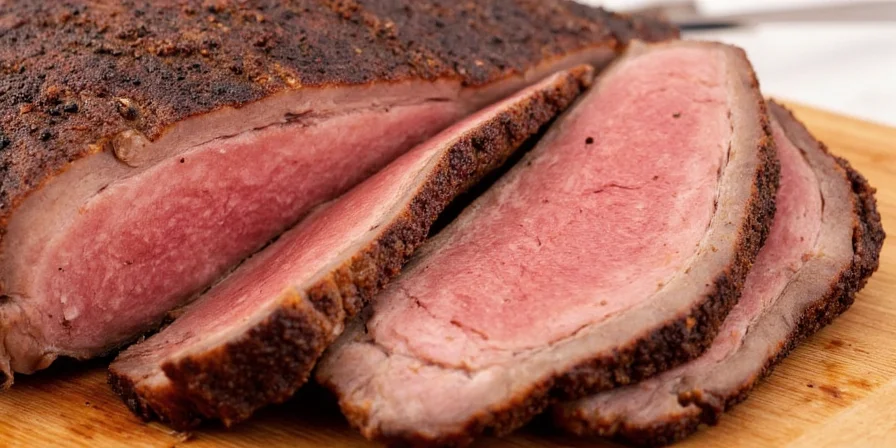
Low and Slow vs. Hot and Fast: Which Works Better?
Temperature directly impacts spice compound volatility. This comparison reveals optimal spice-to-heat ratios for maximum flavor retention:
| Method | Cook Time | Temp Range | Spice Result |
|---|---|---|---|
| Low & Slow (smoker) | 8–12 hrs | 225°F (107°C) | Deep penetration, smoky bark |
| Oven Roast | 4–6 hrs | 275–300°F (135–150°C) | Thicker crust, bolder spice hit |
Pro Tip: High-heat methods require spice reduction because temperatures above 250°F (121°C) accelerate the degradation of volatile compounds like cumin aldehyde by 40%.
Pairing Spices with Herbs, Fats, and Sauces: A Cultural Chemistry Perspective
Move beyond basic pairings by understanding how spice compounds interact with cultural cooking traditions. Jewish brisket traditions use mustard's acidity to stabilize garlic compounds, while Korean adaptations leverage gochujang's fermentation to enhance cumin solubility. This cross-cultural analysis reveals universal principles:
- Butter baste chemistry: Rosemary's carnosic acid protects delicate spice compounds from thermal degradation during final cooking stage
- Wood selection science: Hickory's guaiacol compounds bond with paprika's capsaicin for flavor layering impossible with fruit woods
- Sauce pairing principles: Vinegar-based sauces require spice rubs with higher sugar content to counteract acid-driven compound breakdown
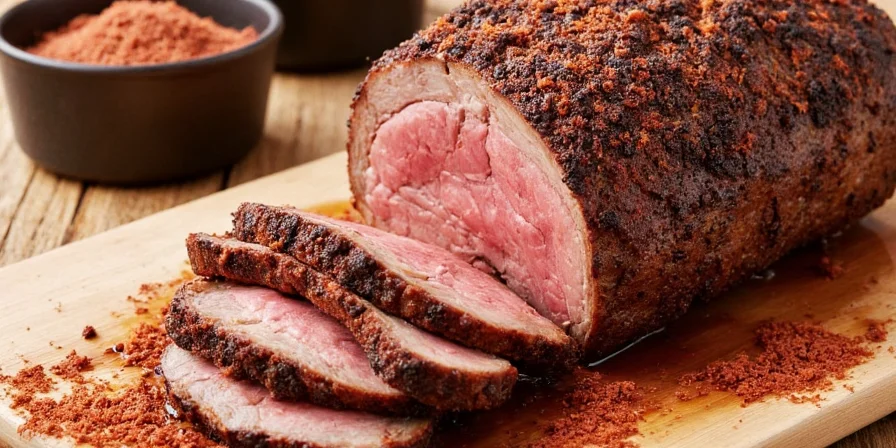
Common Spicing Mistakes (And How to Avoid Them)
Avoid these chemistry-based pitfalls that sabotage flavor development:
- Salt overdose – Exceeding 1.5% salt concentration by weight draws out moisture, preventing spice adhesion. Measure by weight, not volume.
- Smoke-rub conflict – Heavy smoke application requires 30% reduction in smoky spices to prevent phenolic compound dominance
- Moisture mismanagement – Surface moisture creates steam barriers; pat meat completely dry before binder application
- Resting neglect – Under 12 hours prevents sufficient osmotic transfer of flavor compounds into meat tissue
- Compound imbalance – Using more than 3 dominant flavor compounds creates sensory overload. Stick to primary (paprika), secondary (pepper), and accent (cumin) ratios
Final Thoughts on Spice and Brisket Harmony
Mastering brisket seasoning requires understanding the molecular dance between spices and meat. By applying these chemistry-backed principles, home cooks can consistently achieve professional results regardless of equipment. Remember: optimal spicing isn't about complexity—it's about strategic compound selection and precise application timing. Your brisket's flavor potential is limited only by your understanding of these interactions.
Summary Checklist: Spice Success for Brisket
- Select rubs based on cooking method's thermal impact
- Use oil-based binders for lipophilic spices, acid-based for hydrophilic
- Rest meat 12-24 hours for osmotic flavor penetration
- Maintain 3:2:1 primary-secondary-accent spice ratio
- Adjust rub quantity based on cook temperature
Frequently Asked Questions
- How long should I let the rub sit on brisket before cooking?
- Minimum 12 hours refrigerated. This allows time for osmotic diffusion where salt draws out moisture that then dissolves spices, creating a brine that reabsorbs into the meat carrying flavor compounds deep into tissue.
- Can I use fresh herbs instead of dried spices in my rub?
- Fresh herbs lack the concentrated volatile compounds of dried spices and introduce excess moisture. For rubs, always use dried—fresh herbs work better in finishing sauces where their delicate compounds won't degrade during prolonged cooking.
- What's the best wood for smoking brisket to complement spice rubs?
- Hickory provides guaiacol compounds that bond with paprika's capsaicin for layered flavor. Avoid mesquite above 250°F as its high phenol content overwhelms spice compounds. Fruit woods like apple work best with sweet rubs as their mild vanillin compounds enhance sugar caramelization.
- How do I prevent my spice rub from burning during cooking?
- Reduce sugar content by 25% for temperatures above 275°F. Sugar caramelizes at 320°F but burns at 350°F. Create a thermal buffer by applying rub over mustard binder—the vinegar's acidity raises the burning point of sugar compounds by approximately 30°F.
- Can I use the same rub for other meats besides brisket?
- Adjust ratios based on fat content. For leaner meats like turkey, reduce salt by 20% and increase sugar by 15% to prevent drying. For fatty pork, add 10% more black pepper to cut through richness. Always maintain the core 3:2:1 spice ratio for flavor balance.

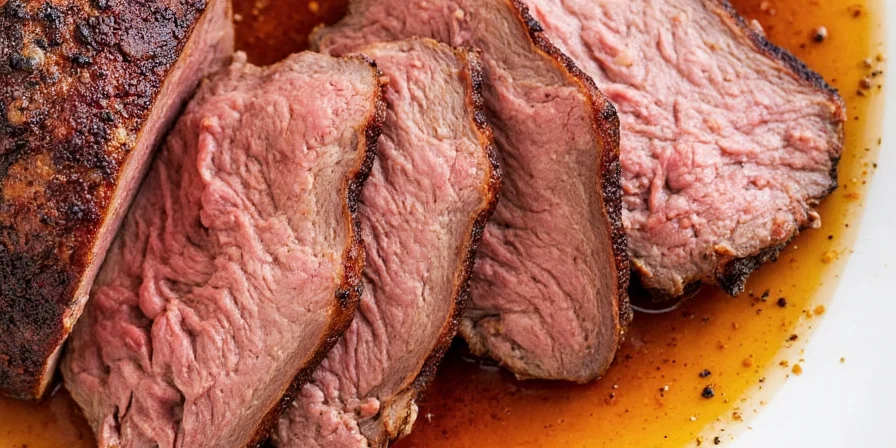









 浙公网安备
33010002000092号
浙公网安备
33010002000092号 浙B2-20120091-4
浙B2-20120091-4